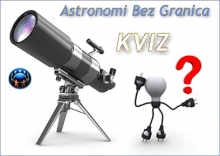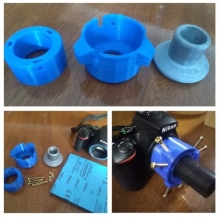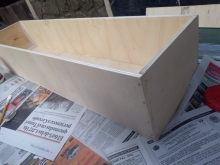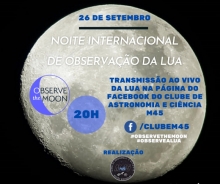HOW TO VIEW A LUNAR ECLIPSE
To prepare, make sure you convert the UT times to your local time. Since the eclipse will happen on the night side of Earth, and depending on your season, you will need to consider the following:
1. Find a large area of the sky that will give you 2 – 3 hours of a clear viewing (no tall trees or buildings).
2. Bring warm clothing, blankets, sleeping bags, reclining chairs.
3. Bring equipment: cameras, binoculars and telescopes, red flash lights.
4. Don't forget snacks!
The penumbral eclipse is where the shadow begins to cover the moon and it looks like a dusky shadow moving across the moon’s face. The partial eclipse is where the inner dark shadow begins to cover the moon and it slowly creeps across the Moon’s face. The greatest eclipse will not be a “total” black out since this is a partial – will look like someone took a bite out of the Moon.
The partial eclipse starts to end when the inner dark shadow leaves the Moon and the penumbral eclipse will be the light outer shadow that will leave the Moon as well. Once all the shadow is gone, the eclipse is over.
For general information on observing Lunar Eclipses, there are several good resources. See MrEclipse.com, Sky & Telescope's Observing and Photographing Lunar Eclipses, Astronomy Magazine's How to Observe a Lunar Eclipse, and the NOAA Solar and Lunar Eclipse Page.
Penumbral Eclipse Begins 18: 03: 38UT
Partial Eclipse Begins 19: 54: 08UT
Greatest Eclipse 20: 07: 30UT
Partial Eclipse Ends 20: 21: 02UT
Penumbral Eclipse Ends 22: 11: 26UT
The partial phase will last less than 27 minutes and the whole event will be seen in Eastern Europe, and Eastern Africa, Central Asia, and Western Australia. At the greatest eclipse, the Moon will be at zenith (directly overhead) for those just East of Madagascar.
In the eastern part of South America they will experience moonrise with the eclipse in progress. This is a Saros 112 series eclipse and the 72nd one and the last partial in this Saros.
On this day the Moon will be in its descending node. It will occur South of Virgo at 12* East of Spica, and be at zenith in the Eastern Hemisphere.

This eclipse will not be visible from North America.
Image via Fred Espanek of NASA. Read more about the eclipse at EarthSky.
Share your experience with the world on Facebook or the Flickr group and Tweet using #GAM2013 and/or #MoonWatch (@gam_awb).
Check out our Observing Resources and People with Disabilities Astronomy Resources.
Don't forget to login and register your event.





























